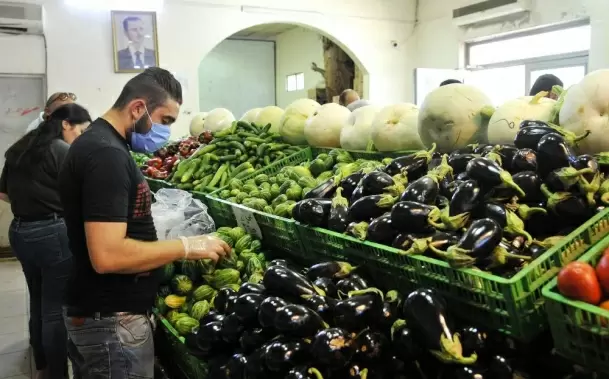Value-first Indians to take eGrocery market to $24bn by 2025
Bengaluru
28-January-2021

Driven by low-priced grocery shoppers, the overall eGrocery market is projected to touch $24 billion (in gross merchandise value) by 2025, of which 55 per cent will be contributed by the value-first households, a new report forecast on Thursday.
The value-first segment refers to the households for whom, affordability is the key pain point and hence, buying low-priced grocery is of the utmost importance.
"Accounting for almost two-third of the 130 million eGrocery addressable households, value-first households account for a large opportunity in the grocery space, but are quite different in the way they go about purchasing groceries," said Kushal Bhatnagar, Engagement Manager, RedSeer.
The eGrocery platforms penetrate less than 1 per cent of the grocery space in India, despite the significant Covid-19 boost that the sector received last year.
As per RedSeer's estimates, more than 50 per cent of the $570 billion grocery retail space in India is addressable by eGrocery platforms.
"Of this, ‘value-first' households account for a significant 61 per cent portion, with metro and tier 1 markets covering more than 40 per cent of this value-first opportunity," the report mentioned.
Watch This TWL Video
Manas Gupta, Head of Investor Relations at Grofers, said that they are on a mission to improve the quality of life of its customers through everyday low prices proposition.
"To achieve this, we use our in-house technology platform to manage a lean supply chain through a robust network of over 800 MSMEs. We have created a strong ecosystem that directly connects these MSMEs with the customers and enables us to deliver quality products at the lowest prices" Gupta said.
Sourjyendu Medda, Founder, CBO and CFO of Dealshare.in added that eGrocery growth will be driven by the ‘value-first' consumers.
"With low per capita income and expenditure in the country, the best way to create a profitable, scalable and massive ecommerce play is to create a business model suited to the regular needs of value-first consumers, for example, grocery," Medda said.
The ‘value-first' households stock-up most of their groceries, are focused on the basic categories like staples and fresh, and are quite content with a simple and hygienic assortment, as long as the products are affordable.
As a result, the potential unit economics of serving them online would be quite favourable, the report said. - IANS
More Headlines
Bajrang Dal Appeals to Ban Oyo Check-Ins for Unmarried Couples in Bengaluru
Heavy Rains Predicted In Five TN Districts On January 11
Cold Wave Grips Rajasthan: Fatehpur Hits 1.1°C, Nagaur 1.7°C
Actor Ajith Kumar Escapes Unharmed After Crash During 24H Dubai Practice
32 Dead As 7.1 Magnitude Earthquake Strikes Nepal-Tibet Border
Bajrang Dal Appeals to Ban Oyo Check-Ins for Unmarried Couples in Bengaluru
Heavy Rains Predicted In Five TN Districts On January 11
Cold Wave Grips Rajasthan: Fatehpur Hits 1.1°C, Nagaur 1.7°C
Actor Ajith Kumar Escapes Unharmed After Crash During 24H Dubai Practice
32 Dead As 7.1 Magnitude Earthquake Strikes Nepal-Tibet Border










